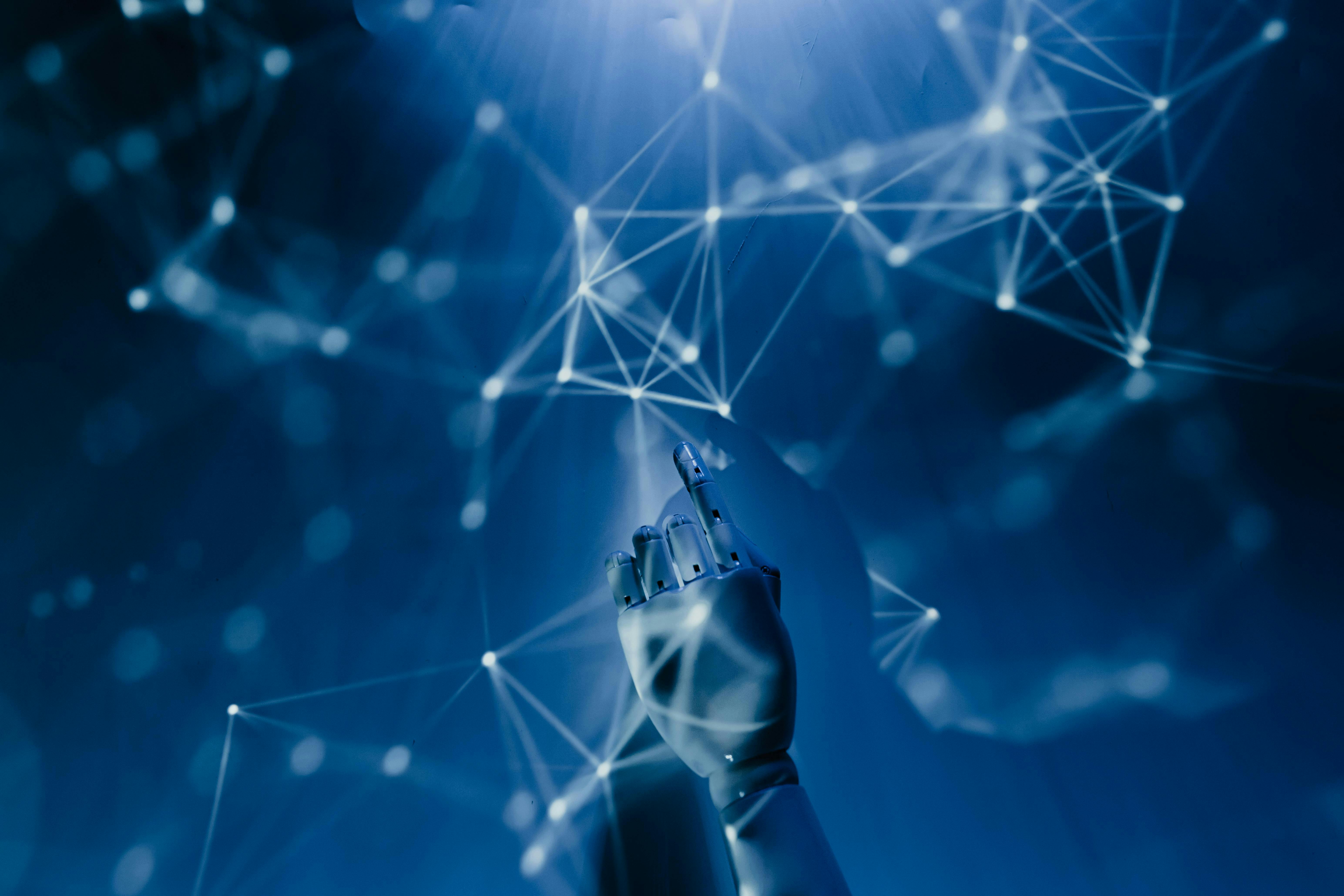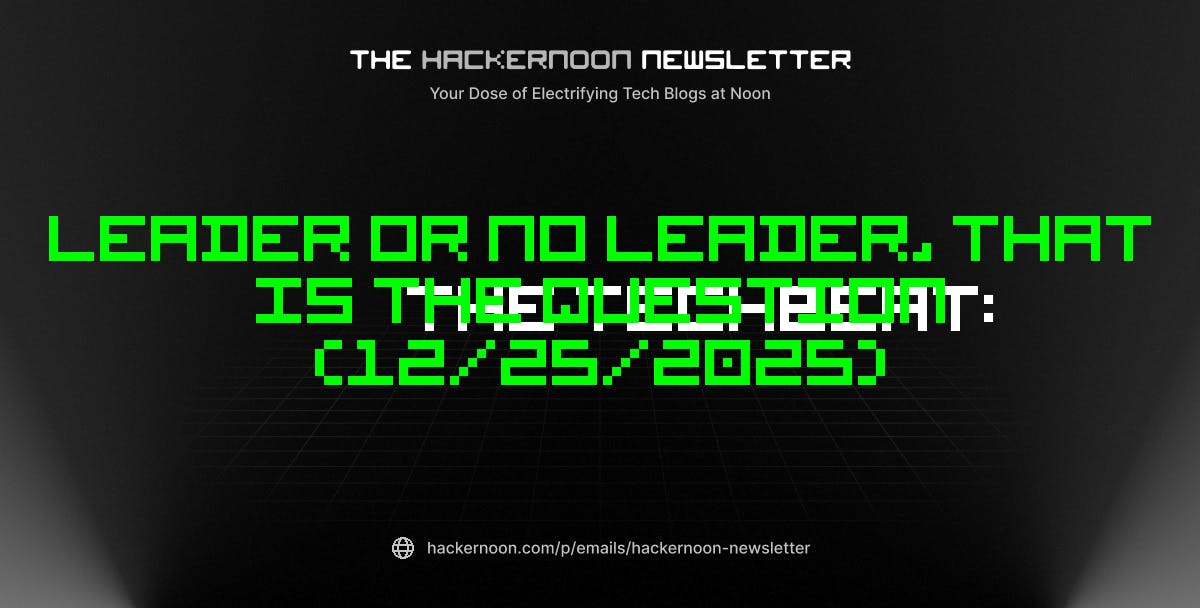My nana, as I fondly call her, never had a laptop. She never touched a spreadsheet. She couldn’t tell you what SQL stood for, and yet she could look at a bowl of beans, the weather outside, and the sound of the market three streets over… and tell you exactly how much to sell, save, or cook.
She ran her household with precision. Managed resources with intuition. Made predictions with no “model” but her memory, her senses, and years of experience.
In retrospect, I realize something strange: my grandmother was a data analyst — without ever knowing it.
She Had No Dashboards, But She Had Context
Growing up, I watched her take mental notes in real time:
- The price of tomatoes has gone up. That means the rains were late.
- The neighbour is visiting twice this week. That means a wedding is a time to buy rice before prices surge.
- The hens are quieter than usual? Rain’s coming soon. Better not spread clothes outside.
She didn’t call it “signal analysis” or “trend forecasting.” She called it living with your eyes open. n But make no mistake: she was reading patterns, identifying variables, and adjusting her decisions all in real time.
Her Tools Were Conversations, Not Code
Where we now rely on APIs and dashboards, she relied on conversation.
Morning walks weren’t just for exercise; they were her data collection rounds. She would greet the pepper seller, exchange quick updates with the butcher, and observe who had their shop open early and who didn’t.
She built and maintained a human data network long before social graphs and LinkedIn existed. n And when it came time to make decisions, whether it was saving money, planning meals, or preparing for guests, she did what any good analyst does: she triangulated stories, filtered noise, and looked for truth in the patterns.
I remember her sending me to the market as a child, list in hand, coins in pocket. She would give me the exact price for each item, often down to the last cent. And if I came back short on change, she didn’t hesitate to take the list from me and go demand her balance, not with anger, but with data-backed confidence; everyone knew I was her granddaughter, and they better not mess with me.
Fast forward ten years: she still had that same list from twenty years ago, folded and tucked in an old notebook. Annotated. Adjusted. Tracked. It wasn’t just nostalgia; it was her living dataset, a record of economic patterns, seasonal shifts, and vendor behaviours.
She didn’t call it a dataset. But that’s exactly what it was; she called it price tracking.
Probabilities, Not Certainties
Nothing was exact. But it didn’t need to be.
When she said, “We may not have visitors today, but let me cook extra just in case,” she was calculating risk tolerance. n When she insisted on buying firewood before harmattan fully arrived, she was modelling seasonal behaviour.
These weren’t random guesses. They were hypothesis-driven decisions backed by lived data, time-tested, deeply local, and constantly updated.
She may not have had confidence intervals, but she had confidence earned through feedback loops that told her when she was right and humbled her when she was wrong.
What the Modern World Could Learn from Her
We live in an age of dashboards, metrics, and machine learning models that predict everything from customer churn to flu outbreaks.
But often, in the race for more data, we forget the power of knowing your environment deeply, of listening before calculating, and of contextual intelligence that can’t be scraped from the web.
My grandmother’s way of working reminds me that data analysis is not always digital. It’s human first.
She teaches me that good analysts don’t just crunch numbers, they understand people. They read silence. They know when the data looks fine, but something still feels off.
They trust their tools, but they also trust their gut.
The Legacy of a Non-Technical Analyst
Now, as someone who works with machine learning, automation, and artificial intelligence every day, I find myself asking:
What would my grandmother think of predictive analytics? n Would she trust a dashboard to tell her how much to spend? n Would she let an AI model determine when to plant or sell?
Maybe. But only if it proved itself.
She wouldn’t care about accuracy scores or ROC curves. She would want to know: n “Has it ever been wrong?” n “Does it understand this land?” n “Can it explain itself?”
And if it couldn’t, she’d toss it out. Because at the end of the day, tools are only as good as the people using them and the wisdom they bring.
Final Thought: We have Always Been Analysts
Data science isn’t new. It’s just newly named. n In markets, in kitchens, in farming, in parenting, we have always been data-driven. We just called it experience.
So, here’s to the hidden analysts: n The grandmothers, merchants, teachers, and farmers who read patterns, made predictions, adjusted strategies, and handed us the instincts we now model in code.
My algorithms are trained on datasets. n But I was trained by her.








